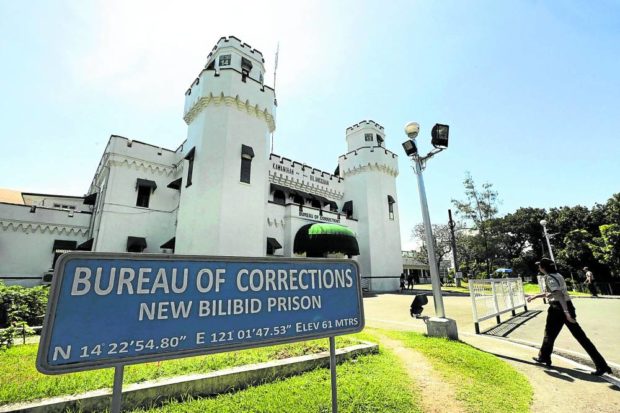MANILA, Philippines — Muntinlupa Rep. Jaime Fresnedi wants structures and sites within New Bilibid Prison (NBP) in Muntinlupa City preserved and declared national historic landmarks, claiming the detention facility “deserves to be commemorated and valued” as a silent witness to past events that shaped the country.
In filing House Bill No. 8906 or the proposed NBP Historical Landmarks Act, Fresnedi said: “Witnessing World War II, specifically the Japanese occupation of the Philippines and later the Commonwealth Republic, the postwar era, martial law, and the contemporary history, the NBP has an enormous share in the history and culture of the country.”
By virtue of Commonwealth Law No. 67, construction of the 551-hectare NBP at the reservation site in Barangay Poblacion, Muntinlupa City, began in 1936 and was completed in 1940 following the transfer of prisoners and equipment from the Old Bilibid Prison in Santa Cruz, Manila.
“Despite its dim undertone in the Filipino psyche, it is undeniable that the NBP deserves to be commemorated and valued,” said Fresnedi, a former Muntinlupa mayor.
Silent witnesses
“These sites and structures are passive and silent witnesses in the important, albeit grim events of our nation’s history,” he added.
Among the significant landmarks at NBP is the Japanese cemetery where a Filipino-Japanese peace monument still stands. It has been dedicated to Japanese soldiers imprisoned and executed in Muntinlupa during World War II.
Also included is the director’s quarters, a well-preserved prewar structure that serves as the official residence of the Bureau of Prisons chief built simultaneously with NBP.
Fresnedi also cited the Jamboree Lake, said to be the smallest natural lake in the country at the center of which stands a Lady of Justice statue. There’s also the Memorial Hill, which is the burial site of Maj. Eriberto Misa Sr., who served as prison director for 12 years, the longest tenure for the post. It also has a grotto of the Our Lady of Lourdes.
According to Fresnedi, the NBP administration building already has a National Historical Commission of the Philippines marker commemorating the detention facility’s prewar transfer to its present site from Manila, the incarceration of President Jose Laurel and Philippine Executive Commission chair Jorge Vargas as Japanese collaborators, and its use as a United States Army Forces in the Far East training camp.
Funding for the NBP’s preservation and restoration would be taken from the budget of the Bureau of Corrections (BuCor) and in case of the prison’s transfer, funds would be sourced from Muntinlupa’s annual appropriation.
NBP is the largest prison managed by BuCor with a population of 28,900 inmates as of August 2022, of whom nearly two-thirds are in the maximum security compound. Within the compound, the infamous Building 14 houses some of the most high-profile prisoners, many of them convicted drug dealers.
